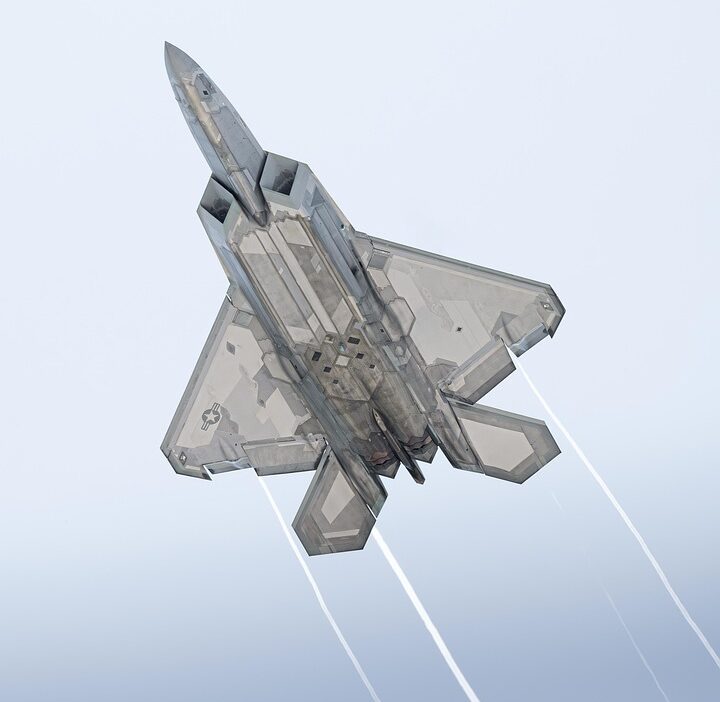The world of video games is rich with titles that have left a significant mark on gaming culture. Among these, Street Fighter occupies a pivotal position as a cornerstone of the fighting game genre. Launched by Capcom in 1987, the franchise has evolved dramatically over the decades, influencing not only game design but also competitive gaming and pop culture at large. This article explores how Street Fighter has shaped the fighting game genre, crafting a lasting legacy that continues to reverberate through modern gaming.
The Birth of a Genre
Street Fighter debuted in arcades, giving players control over one of a few characters to compete against AI or other players. While the initial game was met with modest success, it was the 1991 sequel, Street Fighter II: The World Warrior, that transformed the genre. It introduced a roster of unique characters, each with distinct abilities, fighting styles, and move sets, setting a standard for character diversity that subsequent games would emulate.
Street Fighter II’s introduction of special moves and combinations, known as “combos,” brought a level of strategy and depth to gameplay that had been virtually unseen in its predecessors. The concept of a “combo” not only became a hallmark of the series but also laid the foundation for skill-based play in fighting games. Players were encouraged to learn advanced techniques, pushing the limits of their capabilities and, in turn, creating a community of dedicated enthusiasts.
Competitive Gaming and Community Building
The rise of Street Fighter coincided with the burgeoning competitive gaming scene of the early 1990s. The game’s popularity led to tournaments, local gatherings, and global competitions, establishing the framework for what would become the esports phenomenon. Street Fighter II spawned a competitive culture, culminating in events like the EVO Championship Series, which showcased top players battling it out for glory.
Moreover, the franchise fostered a sense of community among players. Online forums, fan art, and videos dedicated to mastering techniques exploded, allowing players to connect and share strategies. Concepts such as frame data, hitboxes, and advanced tactics became key topics of discussion, effectively creating a shared knowledge pool that empowered players to elevate their game. This communal aspect is now a staple in competitive gaming, but its roots can be traced back to Street Fighter.
Innovation and Evolution
Capcom’s commitment to innovation has kept the franchise fresh, embracing new technologies and gameplay mechanics. Street Fighter III introduced parries and other nuanced techniques, while Street Fighter IV revamped the aesthetic with 3D graphics while maintaining traditional 2D gameplay mechanics. Each iteration has pushed boundaries, integrating feedback from the player community and introducing groundbreaking features like online multiplayer.
The introduction of downloadable content (DLC) and updates in Street Fighter V further revolutionized engagement. Players can now access new characters and modes without needing to purchase entirely new games. This model has encouraged continuous community investment, allowing players to stay engaged long after the initial release.
Cultural Impact
Beyond gameplay mechanics and competitive scenes, Street Fighter has had a lasting impact on global culture. The franchise has inspired various adaptations, including animated series and films. Characters like Ryu, Chun-Li, and Guile have become iconic figures, representing more than just a video game; they symbolize the fight for honor, friendship, and perseverance.
Furthermore, Street Fighter has bridged cultural divides, as its diverse character roster reflects different nationalities and fighting styles. This representation has played a vital role in fostering a global appreciation for the franchise and the broader fighting game community.
The Road Ahead
As Street Fighter gears up for its next installment, the franchise’s legacy continues to cast a long shadow over the gaming landscape. It serves as both a template and an inspiration for developers looking to create their own fighting games. Titles like Tekken, Mortal Kombat, and newer entrants like Guilty Gear owe a debt to the groundbreaking advances introduced by Street Fighter.
In an era where gaming evolves faster than ever, the franchise’s resilience highlights its adaptability and relevance. Future generations of gamers will continue to explore the challenges and triumphs of Street Fighter’s diverse cast, ensuring that its profound influence on the fighting game genre endures.
Conclusion
Street Fighter has transcended the confines of a mere video game to become a cultural beacon and a definitive guidepost for the fighting game genre. Through innovation, community engagement, and cultural representation, the franchise has not only defined what a fighting game can be but has also shaped the landscape of competitive gaming itself. As we look to the future, one thing remains certain: Street Fighter’s legacy will continue to inspire and engage players around the world for years to come.

